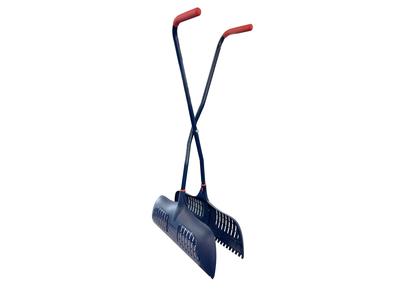
The What, Why, When and How of Watering
July is typically the warmest month of the year, and one of the driest and sunniest too. By following these key principles to watering, not only will you help conserve water, you’re also more likely to grow healthier, happier plants and save time in the process.
Established plants growing in the ground generally don’t require any supplementary water. Plants that have been in the ground less than a year may struggle in their first summer without extra water. Anything in containers, or annuals like bedding plants and vegetables will also generally require extra water to perform unless we have a really wet year. Don’t assume a bit of rain will do the watering for you, keep an eye on the plants and check the soil if you’re not sure.
Ideally, water early in the morning. Watering in the morning means the air and ground is cool, so water can soak down without evaporating on sun-baked soil. Watering in the evening is generally fine too, but if you’ve got a slug problem or plants prone to rotting off such as Lavenders, stick to watering in the morning, so they don’t sit wet overnight. The idea that watering in sunlight courses scorch damage to leaves is a myth.
Give a really thorough soak, and then leave the plant to get fairly dry before watering again. This helps water to soak deep down where it is safe from evaporation, and encourages deep rooting. Watering little and often presents two risks. The first is the soil staying permanently damp, which encourages fungal infection and root rot. The second risk is the water only dampening the soil surface, causing shallow rooting and drought-prone plants.
A watering can has the benefit of telling you how much water you’re actually giving. We tend to not give enough water when using a hose, because we are transfixed on how wet things look instead of how much water we’ve actually given. Overcome this by measuring how much water comes out in 10 seconds, so you can count in your head and know roughly what you’ve given. Standing pots in a tray of water for an hour is a great way of letting them take up what they want.
Sometimes when soil or compost is very dry, it starts to repel water. WIth compost in containers, soak the whole root-ball in a bucket of water for a good few hours to let the compost fully re-wet. For soil, just dampen the surface and stop when it starts to run off. Keep coming back adding a little more until eventually the water will start to soak in instead of running away.
There are 3 main ways to save on watering. Firstly, choose the right plant for the right place, so they grow just fine without additional water once established. Try to buy plants for planting in autumn or spring, when they can establish themselves without much extra water. Lastly, use organic mulches or gravel to keep the soil cool, reducing evaporation. And, don't forget whilst your out in the garden to keep yourself well watered too!



